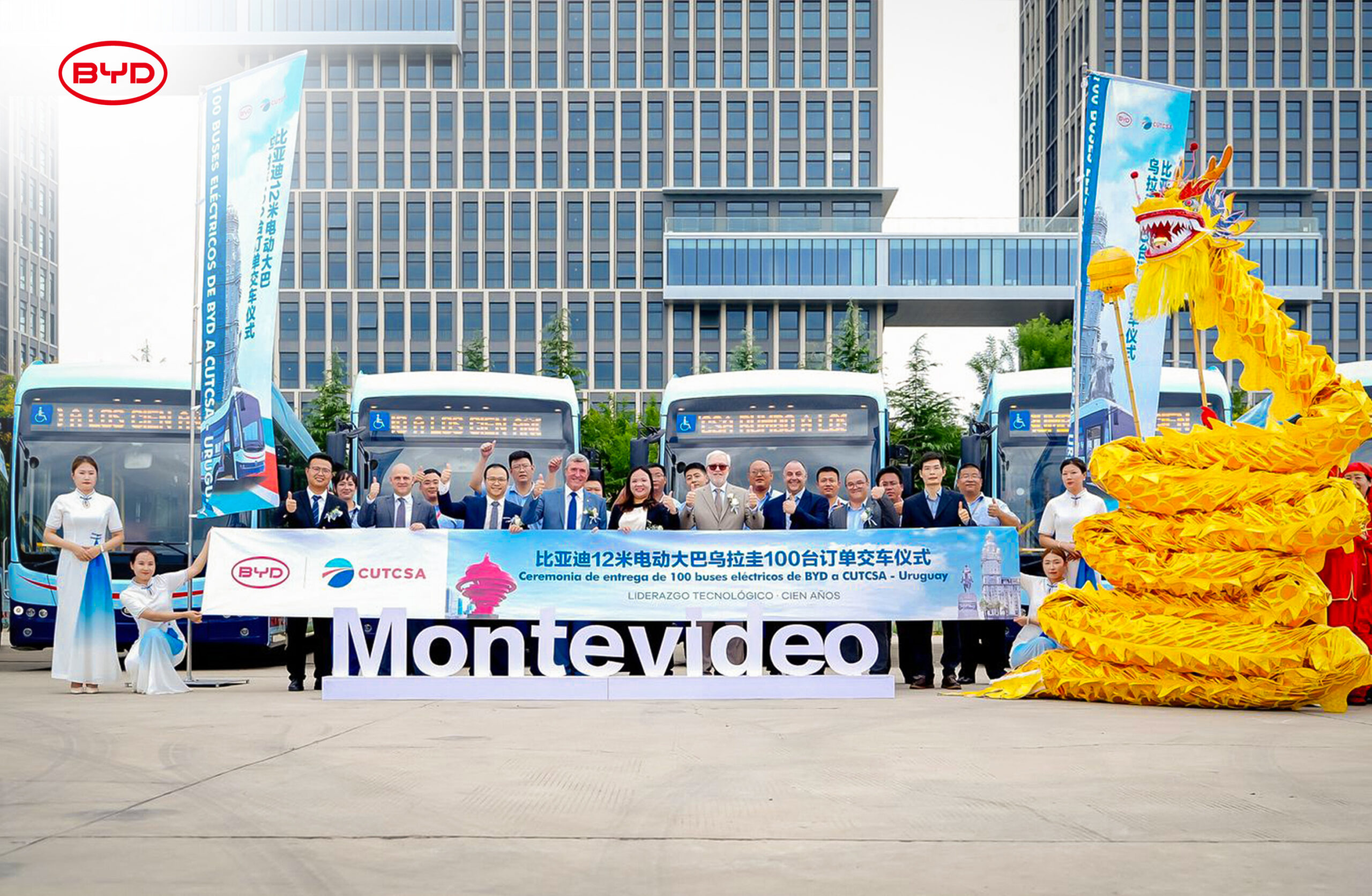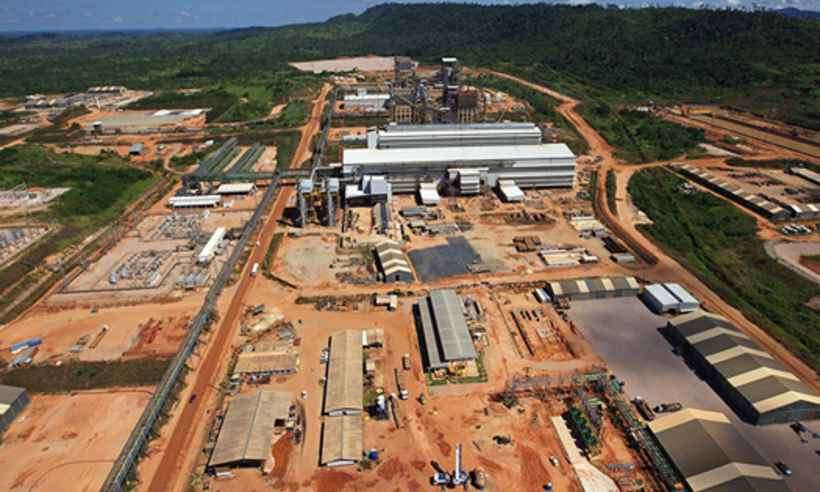Sign up for daily news updates from CleanTechnica on email. Or follow us on Google News!
Barrio Electrico recently announced it is expanding its low-cost solar power and energy storage services in the municipality of Coamo, which is located in the south central region of Puerto Rico. (Coamo’s population is about 34,000 people). Last month, Barrio Electrico began installing more solar power and energy storage in a part of Coamo named Barrio Pasto. The goal is to install enough new solar and energy storage in the first year to provide low-cost electricity to up to 500 households there. Puerto Ricans typically pay considerably more than what those in the continental US pay for electricity. Providing community-based solar power and energy storage at low cost helps local people reduce their power bills so they can use that money for other needs.
Lauren Rosenblatt, Barrio Eléctrico’s co-founder and CEO, answered some questions about the new solar power and energy storage systems for CleanTechnica.
What is the capacity of the solar power system you will install and how long will it take to complete?
Because our work is in residential solar, our project is a collection, or portfolio, of homes. Each home is about 5 to 6 kW of solar capacity, with a 10 kWh or 15 kWh battery. Our first project funding commitment was for approximately 7 MW, but has since grown considerably. We are currently applying for funds from the federal government directed at Puerto Rico, which could bring our project size up to 60 MW by mid-2028.
For Coamo specifically, we anticipate 2.75 MW of solar capacity and 6.25 MWh of energy storage to be installed in the first year.
What is the capacity of the energy storage system, and will you install it at the same time as the solar power?
We are an energy services provider, selling electricity rather than equipment. To provide electricity for each customer, we install an inverter, battery cells, battery management system (BMS), and autotransformer, all managing power coming from a roof-top solar array against demand in their house. We find that most homes are served by 5-6 kW of solar PV and 10 or 15 kWh batteries. The entire energy generation and energy storage package is installed at the same time.
Who is the new system for, and how will they access the electricity?
We serve residential needs, and have been asked by the mayor and multiple community groups within Coamo to serve households within that municipality. Our approach to energy services works best for low and moderate income households, who cannot afford to purchase a large system outright or finance a system. We will serve anyone in the areas where we are working, but find that people who have higher incomes will purchase a larger system.
As described in the preceding question, we install equipment on the house, maintain that equipment, and sell the electricity to the family living in the house.
Will the new system’s electricity replace grid electricity, and what is the source of the grid electricity?
Our systems are home energy management systems. They have internal intelligence that directs the power from the solar and battery to the home energy needs as the primary source of power. Only when the sun is down and the battery is exhausted, the house will turn to the grid as back-up power.
Puerto Rico is served exclusively by the state-owned utility, Puerto Rico Electric Power Authority, and its grid operator, LUMA Energy.
About how many people will use the clean, renewable electricity?
We have been working in Isabela since 2022 and have just begun operations in Coamo. We are up to 100 households total , serving 262 persons with about 460 kW of solar capacity.
With the assistance of government funding slated for Puerto Rico, we believe we can install 10,000 homes in 3.5 years. If you assume an average of 3 people per home, that would be 30,000 persons.
As previously mentioned, our program works best for LMI households, including those with special electricity needs due to medical conditions. In our first 100 homes and 460 kW of capacity, we are serving 22.52% over 65 and 5.43% under 6 years of age. Of the 100 homes, 8% have someone working from home, 86% have someone with a medical condition that relies on an electric device, and 23% are on food stamps.
What benefits will the new solar and energy system provide for the community?
There are both individual and community benefits.
Individual:
The current energy landscape in Puerto Rico is expensive, unreliable, and vulnerable to natural disasters. Through our community-powered solar model – which is a decentralized approach to community solar because an island like Puerto Rico doesn’t have the land assets for large solar power plant installations – we are able to save individuals money, reduce strain on an overtaxed grid, and drive economic growth.
We had systems already in place before Hurricane Fiona last year. Those systems rode through the storm and provided power during the outages in the aftermath. Also, some of our homes were sharing power with neighbors who did not have power.
On an economic front, Barrio Electrico improves local economies we serve by freeing up the money spent on high energy costs.
It’s similar to the economic concept of marginal propensity to consume; the savings generated from affordable and sustainable power enables households to allocate a greater proportion of their income towards other essential needs and local businesses – stimulating local economic activity.
This leads to the potential for exceptional return on investment that harmonizes with both financial prosperity and the pursuit of social and climate justice.
Community:
Education and grass-roots energy movements. Our customer service includes community organizing around topics of energy technology, policy, and service models. We work with community groups to create a platform for ongoing education that will help people understand their options for a secure energy future going forward. Through community activities, we hope to recruit individuals with interest and skills to be leaders in local conversations about how the energy transformation should evolve.
Jobs:
In addition, we use the community groups as recruiting platforms for jobs. Our energy counseling and equipment installation activities require the work of trained home assessors, home inspectors, installers, and repair men of various skills (such as electricians). We pay people to be trained and conduct the home energy assessment and home inspection work, we create short lists of local businesses to help with home repairs in advance of installations, and we partner with various organizations to help the installer companies that work with us to find and train new installer employees.
Resilience:
Energy hubs where people can go for lights, air and charging devices are great, but don’t help as much when outages are prolonged after a severely damaging storm. People need power in their homes for refrigeration and communications, among other needs. Neighbors who have power from solar can share power with neighbors who don’t during outages.
Money:
Each partner community group who works with us on outreach and education earns a fraction of the revenue we receive from the energy customers who are also its members. The community group may use this money for any purpose.
The community benefits of our program are, in sum, to create a solar economy that assures local health and well-being and also economic development.
What is the cost of the new system, and is there a payback period?
The systems do not cost the users any money that is paid back. We deploy the systems as a fleet across municipalities and regions, achieving economies of scale as we achieve a higher number of installations. Our investors invest in the portfolio and earn a return. Our customers receive a service, paying only for the energy they consume.
How many temporary jobs will be created for the installation phase, and will any permanent jobs be created?
We are a long-term service option, and therefore have established ourselves as a company with indefinite operations. Our projects to build solar will be rolling, and construction phases will be followed by 10-20 years of operations and maintenance service and the opportunity to grow into other services.
We have 12 full time employees today and have recently expanded from 1 office to 2. We hope to build 6 offices by the end of 2024, with approximately 40 employees in high quality jobs in the business of solar and energy storage.
We are also aiming for 40 contractor inspectors and home assessors for each of the 6 regional offices to do the work on their own schedules. We anticipate that each office will need to contract with a sufficient number of installer companies to do 20 installations a week, which would mean 5-6 crews of 4 persons each. With a consistent pipeline of homes for installation, that would mean 20-25 professional installers working full time for each region (150 total) for a period of 3 years or more.
Have a tip for CleanTechnica? Want to advertise? Want to suggest a guest for our CleanTech Talk podcast? Contact us here.
EV Obsession Daily!
I don’t like paywalls. You don’t like paywalls. Who likes paywalls? Here at CleanTechnica, we implemented a limited paywall for a while, but it always felt wrong — and it was always tough to decide what we should put behind there. In theory, your most exclusive and best content goes behind a paywall. But then fewer people read it!! So, we’ve decided to completely nix paywalls here at CleanTechnica. But…
Thank you!
Tesla Sales in 2023, 2024, and 2030
CleanTechnica uses affiliate links. See our policy here.




